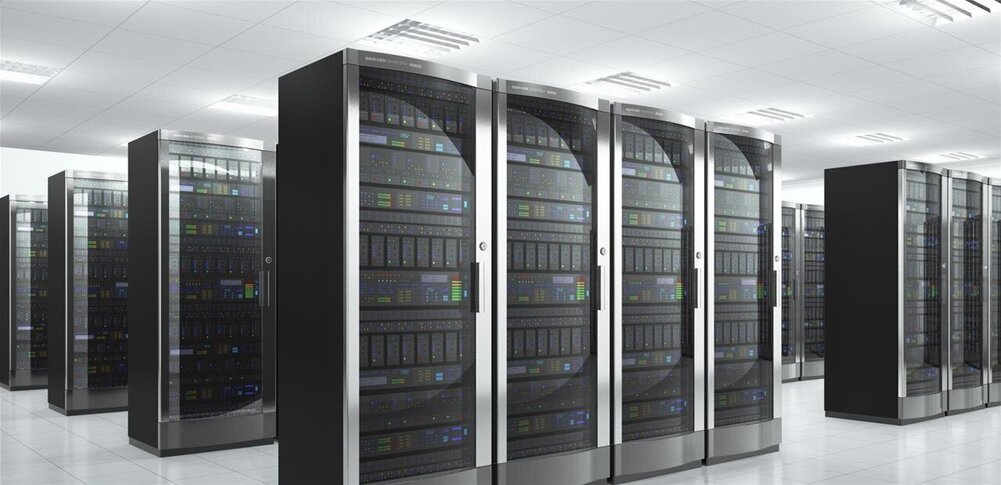How innovation, efficiency and intelligence across the infrastructure ecosystem is finding a kindred spirit in digital twins.
Elaborating on some points from my previous post on building innovation ecosystems, here’s a look at how digital twins, which serve as a bridge between the physical and digital domains, rely on historical and real-time data, as well as machine learning models, to provide a virtual representation of physical objects, processes, and systems.
Keith Bentley of software developer Bentley Systems describes digital twins as the biggest opportunity for IT value contribution to the physical infrastructure industry since the personal computer, and they’re used in a wide variety of industries, lending enterprises insights into maintenance and ways to optimize manufacturing supply chains.
By 2026, the global digital twin market is expected to reach $48.2 billion, according to a report by MarketsAndMarkets.com, and the infrastructure and architectural engineering and construction (AEC) industries are integral to this growth. Everything from buildings, bridges, and parking structures, to water and sewer lines, roadways and entire cities are ripe for reaping the value of digital twins.
Here’s a look at how digital twins are disrupting the status quo in the infrastructure industry — and why IT and innovation leaders at infrastructure and AEC enterprises would be wise to capitalize on them.
Mots-clés : cybersécurité, sécurité informatique, protection des données, menaces cybernétiques, veille cyber, analyse de vulnérabilités, sécurité des réseaux, cyberattaques, conformité RGPD, NIS2, DORA, PCIDSS, DEVSECOPS, eSANTE, intelligence artificielle, IA en cybersécurité, apprentissage automatique, deep learning, algorithmes de sécurité, détection des anomalies, systèmes intelligents, automatisation de la sécurité, IA pour la prévention des cyberattaques.






